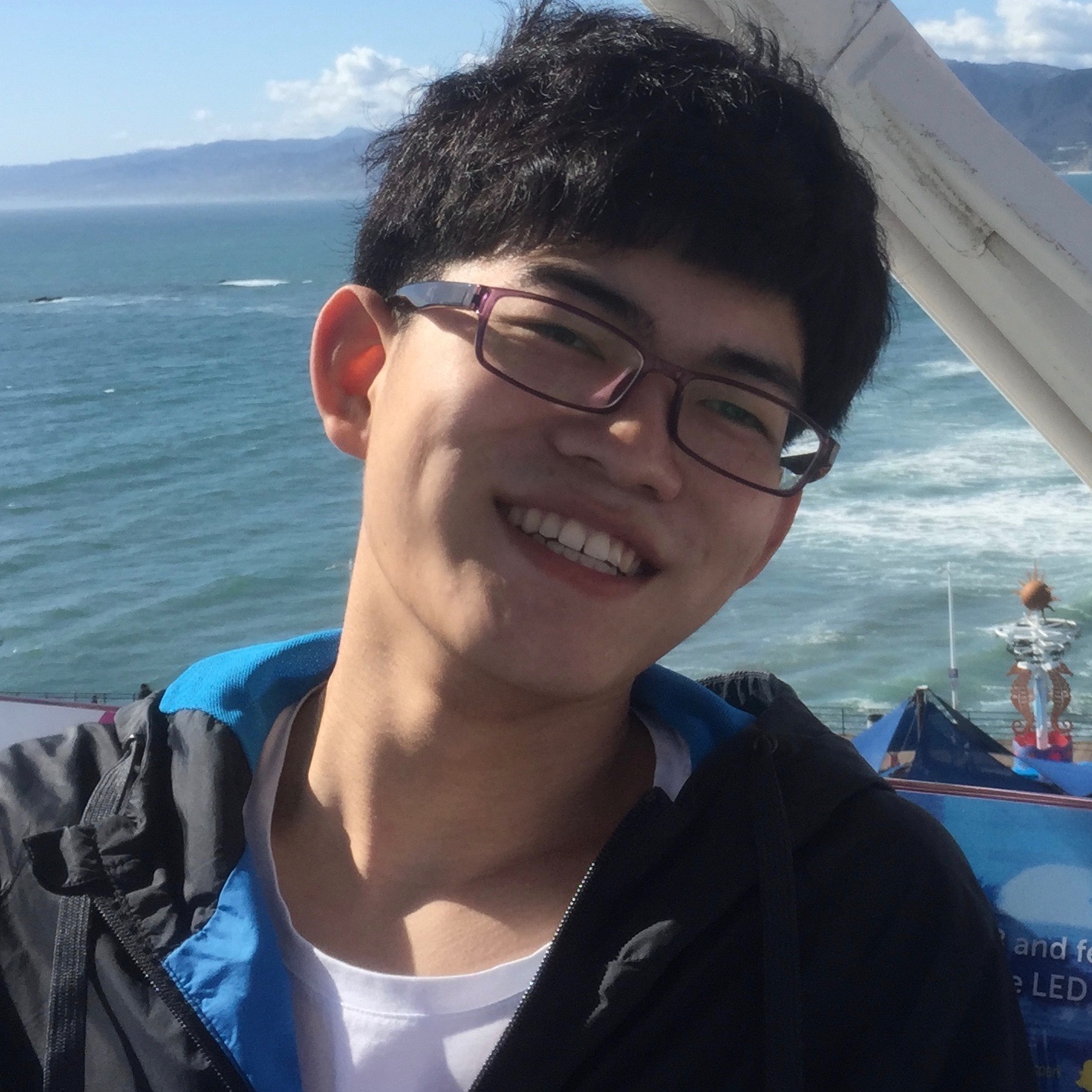
Da Huo
Research Projects
-
Extending Universal Semantic Tagging
Department of Computer Science, Rutgers UniversityProject Goal: To produce a large database that provides semantic properties of words.
• Preprocessed data from University of Groningen's Parallel Meaning Bank (PMB) Project.
• Collected statistics such as words count for each semantic tag, total words in the database, as well as other statistics from the PMB Project dataset.
• Produced semantic tag vectors from the PMB project dataset.
• Predicted semantic tags of English words by computing the mean of semantic tag vectors of the k Nearest Neighbor words which are computed using word vectors from Stanford University’s GloVe Project as well as the English Lemma + Part of Speech Embedding from Sketch Engine.
• Analyzed different methods of computing nearest neighbors by generating confusion matrices and perform manual error analysis.
• Produced a cross-lingual database that provides semantic properties of words in 370 languages including English, German, Dutch, Italian and Mandarin Chinese.
Faculty Advisor: Dr. Gerard de Melo
-
Machine Learning and IoT (blue team)
WINLAB, Rutgers University• Designed an end-to-end security-conscious IoT framework using openHAB Framework, InfluxDB Database,TI CC2650 Sensortags, and Z-wave devices
• Implemented Python program to collect data (such temperature, humidity, light, etc.) from CC2650 sensortag over Bluetooth using Bluepy library.
• Implemented realtime data analysis program to monitor the gradient of temperature data from coffee machine over 5 minutes using a sliding window. Send notification when coffee is ready.
• Constructed and implemented Hidden Markov Model to predict the probability of "coffee pot is empty". [Hidden Markov Model for Coffee Machine]
• Used various regression models to predict future data based on past time series data and achieved anomaly detection of our IoT system.
Faculty Advisor: Dr. Ivan Seskar
-
microMVP (micro multi-vehicle platform)
Department of Computer Science, Rutgers University• Designed algorithm to resample robots' path points with uneven density to path points with uniform density while preserving collision free path.
• Implemented a real-time multi-agent navigation algorithm by applying the concept of Reciprocal Velocity Obstacle (RVO)
• Applied the navigation algorithm to Micro MVP project.
• Redesigned the 3D shell of micro vehicle in Blender
• Used 3D printing to produce robot shells
Faculty Advisor: Dr. Jingjin Yu
-
Autonomous Robot Packaging System
School of Engineering, Rutgers University• Learned and used Robot Operating System (ROS) to control individual joint of Manipulator-H manipulator.
• Using the base of first joint as origin, constructed a 3D Cartesian coordinate system.
• Used various robot path planning algorithms such as 3D Rapidly-Exploring Random Trees (RRT) to obtain collision free path for Manipulator-H.
• Applied path planning algorithms to both rviz simulator and the actual robot.
Faculty Advisor: Dr. Kang Li